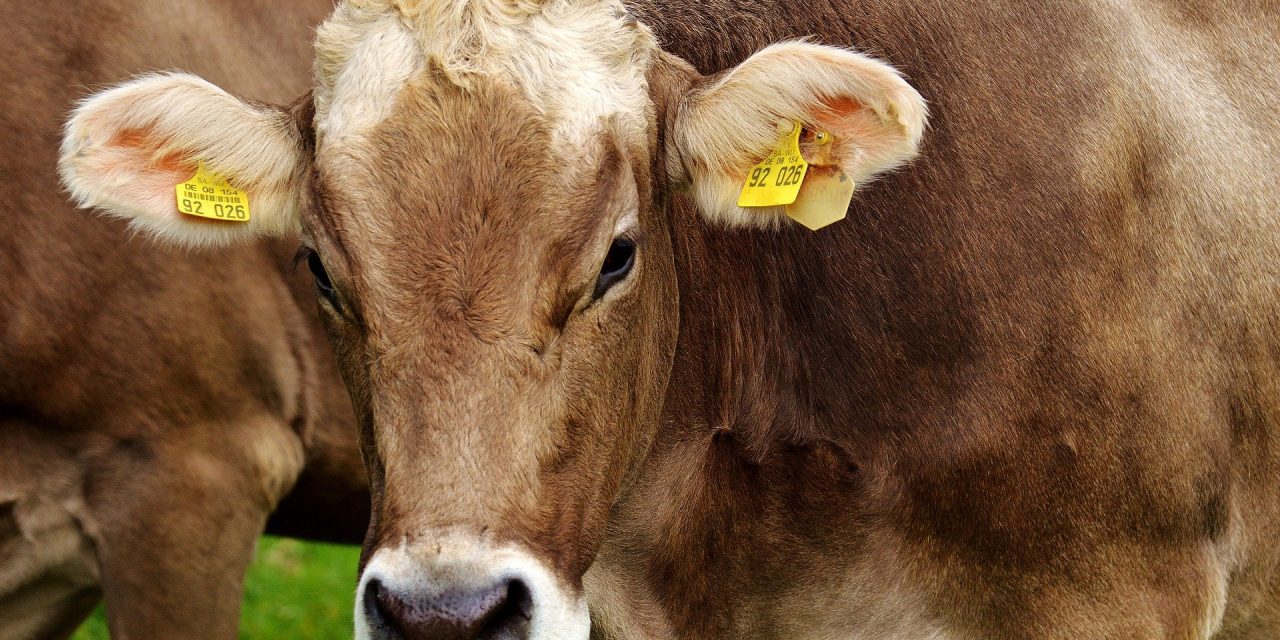The dairy industry is often under the spotlight for its impact on the environments. Everything from methane emissions to high-energy process output is scrutinised. It’s believed that 80 per cent of the global population consumes dairy products on regular basis, highlighting its scale. Here, rural energy provider Flogas highlight what the industry is doing to make a change and tackle carbon emissions…
The Dairy Roadmap initiatives
With Western foods so common in diets these days, the industry must meet high demand but find a way to reduce its carbon footprint at the same time. Add to this, the legally binding commitment that the UK will reach net zero emissions by 2050, and means that, reducing emissions becomes a race against time.
Progress is being made, however. Leading companies, such as Arla Foods, Müller, and Yeo Valley, are heading towards a greener future. In fact, the British dairy sector is ‘world-leading’ for sustainability, according to Dairy UK. This has been helped by the Dairy Roadmap, a sustainability scheme launched in 2008.
The Dairy Roadmap focuses on all stages of the production process and picks out key targets to achieve. It recognises that there is no end to sustainability.
The project is always adapting to meet new environmental targets, and thanks to its key focus areas, the Dairy Roadmap has already pinpointed vital areas for making sure dairy energy is as clean as possible.
Tactics to save water
Processing sites have managed to cut water consumption down by 23.4 per cent, despite the fact the industry relies on water to thrive. They have also introduced a range of water-saving measures to decrease its environmental impact.
These measures include:
- Water mapping projects
- Rainwater harvesting to reverse osmosis
- Reduced freshwater abstraction
- Optimised Cleaning in Place (CIP) systems.
Recycling
There’s been a marked improvement in recycling efforts since 2008 from the industry. In the same year, 65 per cent of waste was recovered or recycled. The remaining 35 per cent was sent to landfill. Now, the dairy industry recycles or reuses 94 per cent of its waste, with the ambition to reach 100 per cent soon.
Climate change
In 2020, statistics showed that major environmental achievements have already taken place. There’s been a 20 per cent increase in primary energy efficiency (kWh/tonne). Widespread use of ozone-depleting hydrochlorofluorocarbon (HCFC) refrigerants has also been eliminated.
The next major milestone is for emissions to be slashed by another 30 per cent, along with adopting cleaner fuel supplies, such as liquefied petroleum gas (LPG) and liquefied natural gas (LNG).
Plastic packaging
Plastic waste continues to be an environmental concern for the industry. However, in the world of dairy, major changes have already been implemented. In fact, this industry uses some of the most recycled and reused packaging of all consumer products.
More than 95 per cent of tertiary packaging was reused or recycled in 2018, and 85 per cent of HDPE milk containers were also recycled.
Reduced food waste
Reducing food waste, or even eliminating it, in the industry isn’t a straightforward thing to achieve., but the changes that have been made so far are promising. In 2016, most of the potential food waste (produce not meant for consumers) was used in a more environmentally friendly fashion. Just over 60 per cent was recovered for animal feed and redistribution. And a further 23 per cent was used for anaerobic digestion or biogas production.
Biodiversity
Biodiversity helps improvements to be made across the production line. In Dairy UK’s 2018 biodiversity strategy, the organisation called for big changes to be made to improve their biodiversity status. Processors have started to engage in projects within their local communities to help reintroduce native species in opportune spaces around their processing plants.
The future looks greener for dairy production as carbon emissions continue to be reduced. By following targets set out in the Dairy Roadmap, the industry has proven that it can revolutionise its processes and, with future targets in place, we can expect more improvements to soon follow.
Statistics source: The UK Dairy Roadmap, 10th Anniversary Report


